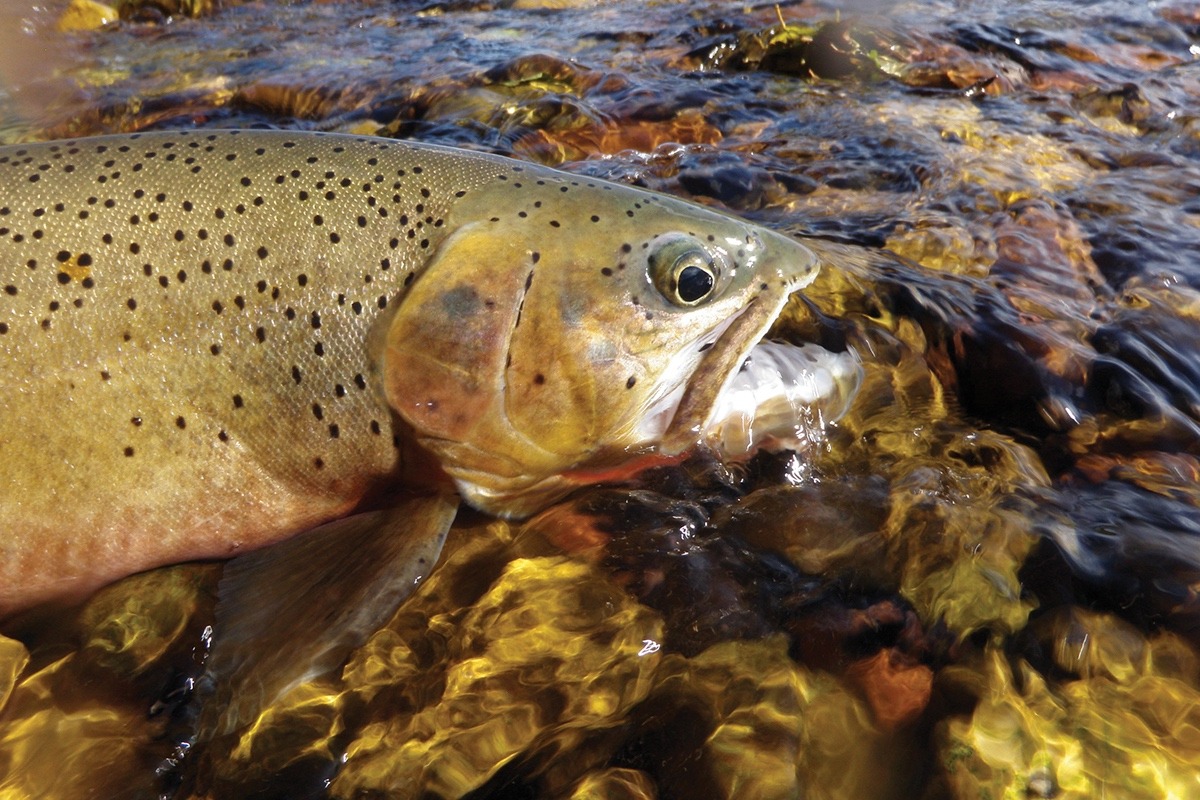Westslope cutthroat trout, pictured here, and fluvial Arctic grayling are two native cold-water fish species that have been in decline. Among the major factors: habitat loss, hybridization with other trout, water removal from streams by ranchers to grow hay and crops, warming temperatures and low flows from meager snowpacks. The good news is that many private property owners are managing their lands to benefit fish. Ted Turner, at the Flying D Ranch, has carried out the largest westslope cutthroat recovery effort on a private ranch in history. Once again, how might economic incentives that result in more water being kept in streams better the prospects for trout? Photo courtesy Pat Van Eimeren/USFWS Northern Region

